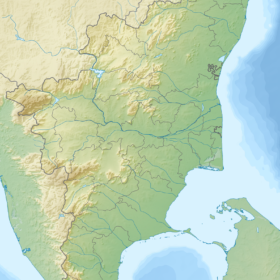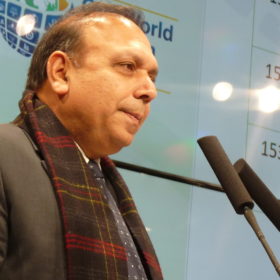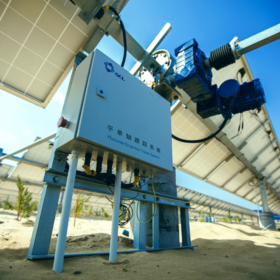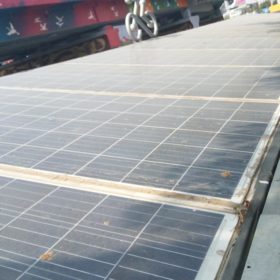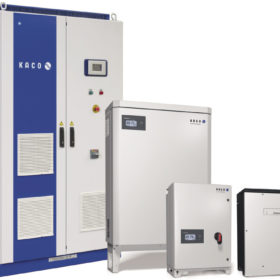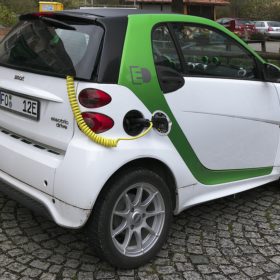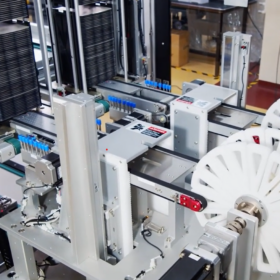Assam takes a giant leap forward with 70 MW solar park
A state hamstrung by low irradiance, tough terrain and regular flooding is trying to move forward its energy transition. Previously, the largest solar project in Assam had a generation capacity of only 5 MW.
NLC completes 591 MW solar power projects in Tamil Nadu
State-owned NLC India Ltd – formerly the Neyveli Lignite Corporation – has commissioned 150 MW of solar power projects at Ramanathapuram and Virudhanagar Districts of Tamil Nadu, taking its total installed solar power capacity in the state to 591 MW.
Analysis: Siemens’ move for Kaco unlikely to threaten Indian jobs
The German giant – which manufactures central inverters near Mumbai – announced plans last week to acquire Kaco and start a new smart infrastructure business from April 1. In light of those moves, pv magazine spoke to IHS Markit’s Cormac Gilligan about the new kid, albeit huge, on the block.
SECI goes into overdrive with 6 GW tender plans announced in five days
The organization responsible for coordinating India’s push for 100 GW of new solar capacity by 2022 has had a busy week. But, as last year illustrated, tenders alone are not always a guarantee of new generation assets.
Solar buying from India, China rises as US imposes steel tariffs
US companies have boosted sourcing of completed racks from abroad in order to avoid the tariff on raw material [steel] imports, says Bloomberg.
The long read: Case for optimization
While India’s solar potential is unquestionable, progress has been uneasy and race-to-the-bottom pricing has held back the adoption of technologies such as MLPE. However, that is beginning to change, writes Prasidh Kumar, CEO of Soreva Energy, as grid modernization requires proactive monitoring and optimization technologies.
Siemens bids to take over fellow inverter maker Kaco
The German powerhouse – which makes central inverters for PV projects in India – wants to complete the acquisition by July. Indian employees will be hoping target company Kaco’s disposal of its central inverter operation last month will avert job losses by removing any potential overlap between the manufacturers.
UK-India fund commits $200m to renewables developer Ayana
Fund backed by both governments commits $200 million to the developer, which was itself established by the U.K. government a year ago. Ayana – which boasts a 500 MW solar portfolio – recently enjoyed a $330 million cash boost from public-private joint venture EverSource Capital.
Cabinet approves FAME II scheme for electric vehicles
The Faster Adoption and Manufacturing of (Hybrid) and Electric Vehicles (FAME) scheme with an outlay of Rs 10,000 crore over a period of three years will be implemented from April 1, 2019. It envisages setting up of about 2700 charging stations across the country so that at least one charging station is available in a grid of 3×3 km2.
“The best is yet to come in off-grid solar” – Greenlight senior VP
India is the world’s largest market for distributed, small-scale household solar, according to a report by off-grid energy’s industry association GOGLA. By the middle of last year, it accounted for 30% of global off-grid solar product sales. Dhaval Radia, senior VP at Greenlight Planet (a solar energy solutions provider to rural consumers) gives pv magazine his insights into the market.

